

Company Profile / Our History
Company Profile
Company Profile| Name | iPS Academia Japan, Inc. |
|---|---|
| Established | June 25, 2008 |
| Accredited TLO | Accredited as of January 22, 2016 as an official technology licensing organization under the "Law for Promoting University-Industry Technology Transfer" |
| Location | iPS Academia Japan, Inc. 207 International Science Innovation Building East Wing Kyoto University 36-1 Yoshida-honmachi, Sakyo-ku, Kyoto, 606-8501 Japan Access Map |
| Capital | JPY 100 million |
| President & CEO | Hideo Saji Ph.D. (Professor emeritus, Kyoto University & Specially Appointed Professor, the Office of Institutional Advancement and Communications of Kyoto University (IAC) & Director, Kyoto Lifetech Innovation Support Center, Regional Industrial Revitalization Division of Advanced Science, Technology and Management Research Institute of KYOTO) |
| Director | Hiroshi Seno M.D.Ph.D. (Professor, Graduate School of Medicine Kyoto University & Deputy Director-General, Office of Institutional Advancement and Communications of Kyoto University (IAC)) |
| Director | Atsushi Onodera (Manager, Medical Applications Promoting Office of Center for iPS Cell Research and Application, Kyoto University & Director, TLO-Kyoto Co., Ltd.) |
| Director | Hidehiko Hokoi (Attorney, SACI LPC Kyoto Academia Law Office) |
| Corporate Auditor | Sayaka Amemiya (Attorney, Yodoyabashi & Yamagami LPC) |
| Corporate Auditor | Takuko Sawada (Executive Vice-President of Kyoto University for Industry-Government-Academia Collaboration, Vice Chairman of the Board, Shionogi & Co., Ltd. ) |
| Scientific Adviser | Shinya Yamanaka M.D.Ph.D. (Director emeritus, Center for iPS Cells Research and Application, Kyoto University, Professor, Kyoto University & Representative Director, CiRA Foundation) |
| Business description |
|
Our History
| before the foundation | ||
|---|---|---|
| 2005 |
First iPS cell basic patent application filed in Japan First iPS cell basic patent application was filed in Japan, based on which its corresponding international application (PCT application) was filed in the following year. |

|
| 2006 |
Mouse iPS cells announced Professor Shinya Yamanaka’s group reported the establishment of mouse iPS cells by introducing 4 factors, Oct3/4, Sox2, Klf4 and c-Myc, into mouse skin cells in the journal “Cell.” |
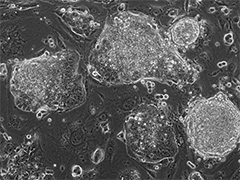
|
| 2007 |
Human iPS cells announced Professor Shinya Yamanaka’s group reported the establishment of human iPS cells by introducing 4 factors,Oct3/4, Sox2, Klf4 and c-Myc, into human skin cells in the journal “Cell.” Professor James Thomson’s group also reported human iPS cells established with a different method in another journal on the same day |
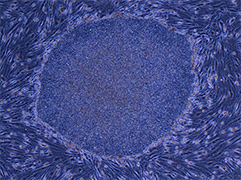
|
| after the foundation | ||
| 2008 |
iPS Academia Japan established iPS Academia Japan, Inc. was established in Kyoto on June 25, 2008 to promote the transfer of iPS cell-related technologies to industry for its commercialization. We started as an affiliate of Kyoto University with a mission to share the fruit of iPS cell research for the good of all humanity. |


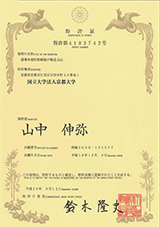
|
|
World's first iPS cell basic patent granted in Japan The world's first iPS cell basic patent was granted in Japan. So far, 8 basic patents (our ref.: AJ001) have been granted in Japan. Further, their corresponding patents have been granted in more than 30 countries and regions worldwide. |
||
| 2009 |
First license agreement signed Our first license agreement was entered into with ReproCELL, Inc. Since then, our licensees have gradually increased year by year. |
|
| 2010 |
First overseas licensing Our first overseas license agreement was entered into with Cellular Dynamics International, Inc. (currently Fujifilm Cellular Dynamics, Inc.). iPS cell technology raised interest not only in Japan where iPS cells were invented, but also in countries where more ES cell research was conducted, which, as a result, increased foreign licensees. |
|
| 2011 |
iPierian patents assigned to Kyoto University The patents of iPierian, Inc. were assigned to Kyoto University to avoid a potential patent dispute in the U.S.A. In return, we granted to iPierian a license under Kyoto University’s basic patents and the former iPierian patents. |

|
| 2012 |
Professor Yamanaka awarded Nobel Prize Professor Shinya Yamanaka and Sir John B. Gurdon were jointly awarded the Nobel Prize in Physiology or Medicine for the discovery that mature cells could be reprogrammed to become pluripotent. |
|
| 2013 |
Patents from 10 academic institutions 300 patents available for licensing Increasing numbers of patents were licensed not only from Kyoto University but from other universities and research institutions. The patents related to applications such as differentiation methods began to increase. |
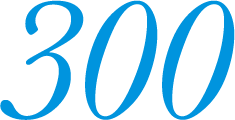
|
| 2014 |
iPS Academia Japan reorganized A part of our business was transferred to iPS Portal, Inc. Our business previously included research, sales of cells, etc., but since then, we have been specializing in patent licensing. |
|
| 2015 |
Relocated to Kyoto University campus We were relocated to a new building in Yoshida Campus of Kyoto University. |
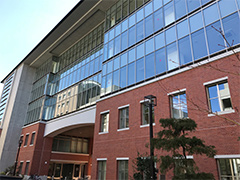
|
| 2016 |
Became an Accredited TLO in Japan We became an Accredited TLO in Japan by the authorization of both the Minister of Education, Culture, Sports, Science and Technology (MEXT), and the Minister of Economy, Trade and Industry (METI). |

|
| 2017 |
500 patents available for licensing We handled more patents from our licensors, and total 500 patents became available for licensing. |
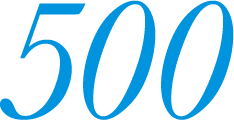
|
| 2018 |
10th anniversary The year 2018 marks the 10th anniversary of our company foundation. |
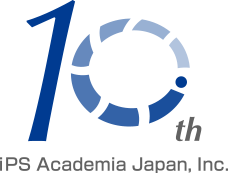
|
| 2019 |
Over 200 licensees worldwide We achieved license agreements with over 200 entities worldwide. They are from various fields such as pharmaceuticals, regents, chemicals, foods, cosmetics, CROs, medical devices, research instruments, and more. From the small bio-venture start-ups to large entities. It shows the expansion of iPS cell technologies in many ways. |

|
| 2020 |
Became a subsidiary of Kyoto University Kyoto University acquires all voting stocks of iPS Academia Japan, Inc. in August 2020, and iPS Academia Japan, Inc. became its subsidiary. |
|
From Kyoto Station on the Japan Railways (JR)
| Kyoto City Bus |
|
Travel Time: about 40 min. |
|---|---|---|
|
Travel Time: about 40 min. | |
| Taxi | about 30 min. |
From Demachiyanagi Station on the Keihan Railway Oto Line
| Kyoto City Bus |
|
Travel Time: about 10 min. |
|---|---|---|
|
Travel Time: about 10 min. | |
| Walk | about 20 min. |